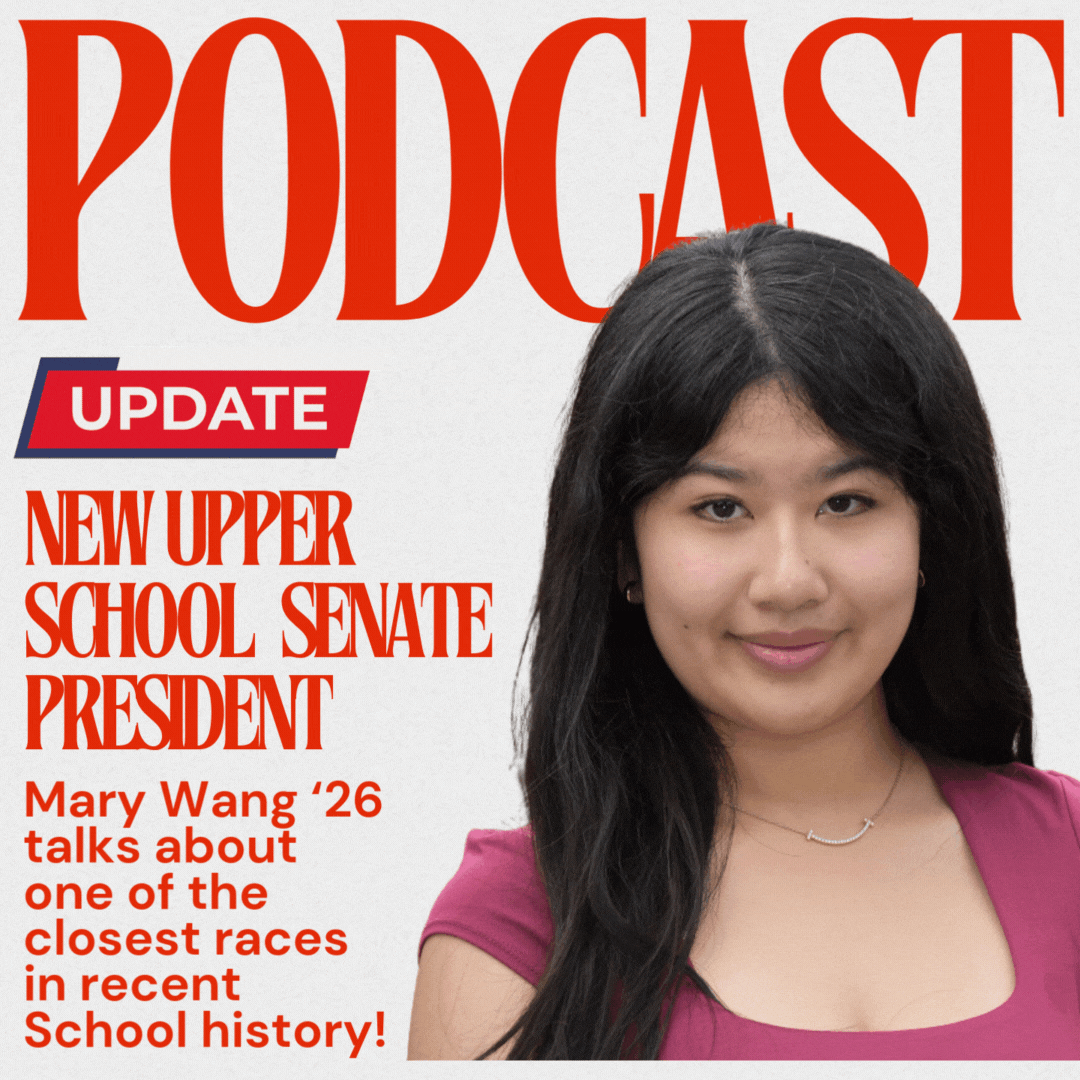Newsmakers’ fifth installment presents Paul Young, a veteran consultant with more than 30 years of experience in political, government, and private-sector strategy at the highest levels. Young has advised five presidential campaigns, including Sen. Bob Dole’s in 1996, Sen. John McCain’s in 2008, and Gov. Rick Perry’s in 2012. With his profound grasp of New Hampshire politics, Young is now a top advisor to Sen. Lindsey Graham’s presidential campaign, and the Principal at Hynes Communications.
Building on Newsmakers’ installments on Renee Plummer and David Carney, Young discusses conservative messaging and the Republican Party’s branding.
Young on Conservative Narratives
Messaging is the most effective in the form of a political narrative—an easy-to-understand story with good guys, bad guys, and an obvious takeaway. Narratives appeal to voters’ emotions, rather than their reason. Understandably, principles and values, not policy jargon, pump up voters. And getting pumped means getting to the ballot box.
“It’s true with most decisions that it is an emotional trigger that gets you interested,” Young says, “and then you look for facts to justify that emotion.”
So why don’t candidates go for the strongest, most passionate emotional appeals possible?
Why aren’t candidates as principled, value-packed, and ideologically pure as they can be? Most candidates choose, one way or another, to tone down their principles.
While being ultra-principled appeals to those who share the same values, it pushes away people that don’t. “Politics is not about exclusion,” Young says. “You cannot say if you are not this, then I do not want any part of you. Or, I want to welcome you in so I can convince you that you are wrong. It should be the opposite.”
Exclusion also goes hand-in-hand with negativity. The flip side of unwavering principles is narrow-mindedness, pessimism, and anger. “Nobody is going to get elected by talking about how bad things are,” Young says. “You have to talk about better things going forward.” Young, a self-identified conservative Republican, holds a uniquely objective view on this issue.
The Tea Party and the far left, parties on the edges of the ideological spectrum, are the biggest culprits of exclusion. As Renee Plummer told Newsmakers, they have a reputation for taking uncompromising stands on issues, and as a result, she often chooses to support establishment candidates.
Sen. Ted Cruz, for instance, a Tea Party leader and presidential hopeful, is known for his piercing politics. “He will have a hard group of core people that are going to be with him to the end,” Young says, “but he has no capacity to grow because his vision is exclusionary. It’s not even that his vision is wrong, necessarily. It’s right in a lot of ways, but it makes people feel like he does not want [them] to be part of it, because they don’t agree 100%.”
Cruz shares this problem with many Tea-Partiers. “They do not know compromise,” Young says. “They do not know grander, broader visions that move people in a forward direction.”
Positive visions going forward, the opposite of the Tea Party’s messaging, are not inherently unprincipled, nonpartisan, or at the center of the ideological spectrum. Those are too boring. Positive visions forward are simply attempts to bring people in—the definition of inclusive messaging—that history shows have worked from all sides of the policy spectrum.
Take President Obama in 2008. Despite having the most liberal policies of any modern president, his narrative was so inclusive and inspiring that, according to David Carney, “it meant whatever you wanted it to mean.”
Ronald Reagan, the most conservative modern President, was also an inclusionary genius. Known for uniting the Republican Party, he brought evangelicals, Southern whites, and pro-business conservatives together under his tough stance against the Soviet Union and for small-government economic policies.
“So many years before [he was elected president],” Young says, “Reagan was going around the country and talking to people. He understood what they were thinking. He knew how to communicate it.” Interestingly, Reagan was also the first to use commercial public relations firms to do his advertising. The phrase Morning in America, one of the most famous political lines of all time, was in part the firm’s creation, Young says.
“In some ways that’s what I am trying to get Lindsey Graham to do—be a little bit more Reaganesque and put out the positive message,” Young says. “Things are bad around the world, but they can be fixed. It may not be easy, but they can be fixed.”
While Reagan built his coalition on the right and Obama built on the left, President Clinton built his coalition from the center-left, making a deliberate effort to tone down the passionate, principled liberals in his party.
The point is, the common denominator for Presidents with conservative, liberal, and centrist policies has been their ability to articulate an inclusive vision forward.
Young on Conservative Narratives in Action
How do you craft a narrative that is principled enough to pump up voters but inclusive enough to appeal to coalitions? The intersection of messaging, outreach, and turnout first mentioned in David Carney on Political Strategy can help us visualize the right balance. To that end, GOP candidates are seeking ways to appeal to young people, women, and minorities without alienating their base.
As Newsmakers has detailed, there are quite a few thoughts on this issue. On one side, left- leaning pundits have concluded that, unless the GOP can boost their numbers among young voters, national elections are a lost cause.
On the other side, objectors point to party insurgents and the media. Young thinks the GOP can do better by redirecting the political conversation, controlled by the media, to the economy and national security. Plummer thinks the media’s coverage of the predicament itself holds back young people, women, and minorities from entering the party. Carney thinks the premise of this discussion is false; he says candidates’ individual beliefs—increasingly shaped by young voters, women, and minorities—matter less than their party affiliation.
Younger voters have a tendency to vote Democratic, Young thinks, recalling a quote from Winston Churchill. “If you are not a liberal at heart when you are young, then you have no heart; if you are not a conservative at mind when you are old . . .” Young says, cracking a smile, “ . . . then you have no mind.”























































